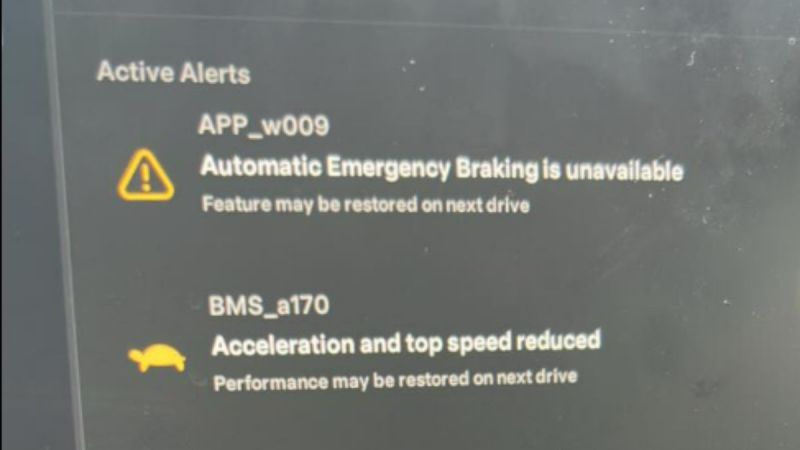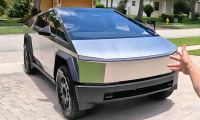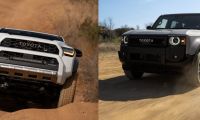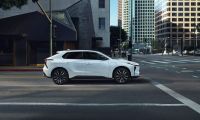There’s a strange irony in how some of the most advanced cars on the road can leave us feeling the most helpless sometimes. We’ve gotten used to smartphones freezing up or needing restarts, but when a $50,000+ Tesla starts acting like that, the consequences hit harder. That’s what happened in a recent Facebook post I came across in the “Tesla Model Y” group, where Sreeharsha Panguluri described how his nearly brand-new 2025 Tesla Model Y Long Range RWD left his wife stranded during her commute, despite showing 53% battery. As they waited at a gas station for the police-called tow truck, the car randomly decided to begin a software update, adding another layer of head-scratching confusion to an already bad day.
Sreeharsha wrote: “This morning when my wife was driving to work, the Tesla completely shut off from driving. All the power and electronics work. It’s a 2025 Model Y RWD LR. All I see is 2 codes: App_w009 and BMS_a170. I have around 53% battery left. Now I am seeing a software update roll in while waiting for the tow truck after the tow truck was called by cops parked by me in a gas station. For a brand new car this is just ridiculous.
Update: I did a power reset multiple times. Tesla emergency roadside assistance sent a tow truck and dropped the car off, and I picked up a loaner. Service advisor said it’s mostly a motor or some hardware issue. There was an update that was pushed to me and it’s installing at the service center now, but I will wait and see what they say.”
Why This Is a Bigger Concern Than Just a Glitch
This kind of incident isn’t just frustrating, but it’s also deeply concerning. For many Tesla owners, especially those investing in brand new vehicles, dependability is an expectation and not an additional feature. To see a relatively fresh vehicle with over 50% battery remaining suddenly become inoperable, and then oddly begin a software update happen, raises more than a few eyebrows.
The error codes Sreeharsha mentioned—App_w009 and BMS_a170—suggest issues potentially related to application-level software and the Battery Management System. While not publicly documented in detail by Tesla, users online have previously linked these types of codes to communication failures between the car’s systems and the motor or inverter hardware.
Interestingly, I've seen other cases where Tesla’s software and hardware haven’t aligned smoothly for owners. For example, a Tesla owner received a $3,300 quote to replace a camera after a post-update glitch, which was an unexpected cost that left the driver frustrated. And in a more similar report to this story, a 2026 Tesla Model Y suddenly shut down mid-drive, raising serious questions about real-world safety. It seems that while these updates aim to improve functionality, it can sometimes arrive at the worst possible moments.
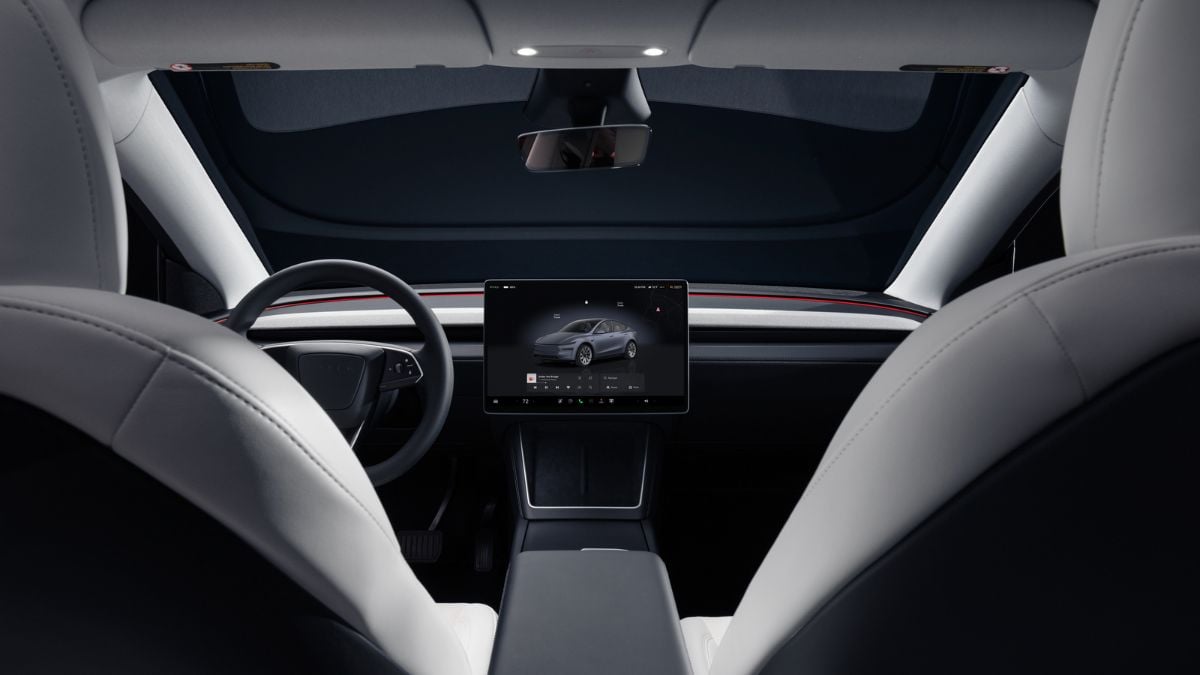
What Other Owners Are Saying
Under Sreeharsha’s post, other Tesla owners chimed in with their thoughts, offering a mix of empathy, criticism, and broader perspective. Joshua Norris commented, “Sorry man. While it does happen to new cars, it's still frustrating. I would stay encouraged for the fact that the car is under warranty and will be for the next 100k miles, or 120k depending on the model. While anyone can experience it with a new car, I do see a higher likelihood with a car this advanced. Hoping it's isolated for you and fixed quickly.”
Joshua brings up an important point. And even when the mechanical systems seem solid, early battery degradation can sneak up on new owners, catching them off guard with reduced range. The complexity of electric vehicles, and particularly Tesla’s tech-forward architecture, means there’s a higher chance for new bugs or communication issues to appear. This is especially true in the early years of ownership. But that doesn’t excuse it all the way because new buyers do expect more.
Jacob Valentino took a more cynical stance, saying, “It’s a sign of things to come with these e-cars. Bugs, software updates, and issues with the batteries. A cheap laptop on wheels.”
Harsh. But Jacob taps into a rising frustration among some consumers who feel that today’s EVs have ditched old-school mechanical dependability in favor of rushing out high-tech features. It’s a gamble that continues to divide the auto world.
John Garretson offered a wider view: “It can happen to any vehicle at any time. Sucks you had to deal with this. I’m in Corvette groups and it seems that they have transmission issues left and right, making the cars undriveable.”
John’s comment helps remind readers that mechanical failure isn’t exclusive to Tesla. High-performance or high-tech vehicles across the board face reliability challenges. But when those failures strike within the first few weeks of ownership, it hits different. Meanwhile, some have found the opposite, where Tesla’s service response was surprisingly convenient.
Geoff Thompson added that, “Early failures are the most common in any type of vehicle.”
Geoff’s perspective is certainly more grounded in automotive trends. It is true that if a car is going to have a critical defect, it often shows up early. Still, that doesn’t make it easier to digest, especially for a buyer expecting seamless functionality out of the gate.
The Timing Is Strange
The odd part about Sreeharsha’s experience is the timing of the software update. Tesla vehicles frequently receive over-the-air updates that enhance features, fix bugs, or adjust performance parameters. But for one to begin while the car is inoperable and awaiting a tow? That’s a layer that makes this story so unique. Besides just the reliability concerns in new cars, pricing decisions being equally unpredictable are leading some buyers to now rethink the value of buying new versus used.
Moments like this highlight a tension we’re only beginning to grasp in the EV world. It's the delicate balance between digital complexity and practical reliability. As electric vehicles become more software-defined than mechanically constrained, even small glitches can render an entire machine inoperable. Sreeharsha’s Tesla didn’t fail in a traditional sense as it didn’t overheat, or run out of power, or suffer a drivetrain failure. It seems to have tripped on an internal miscommunication. It could be the kind of problem that wouldn’t exist in a simpler vehicle. The fact that it triggered a software update while stranded only underscores the new challenges we face: cars that need debugging as much as they need repairs. I don't believe that it signals a regression though, but more of an evolution as cars get more advanced.
Key Takeaways for EV Owners
Be prepared for early breakdowns: Even brand-new EVs like the Tesla Model Y can experience critical failures, so having roadside assistance coverage is essential.
Understand your error codes: Error codes like App_w009 and BMS_a170 may indicate software-to-hardware communication problems. Ask your service advisor to explain them in plain terms.
OTA updates aren’t always convenient: While over-the-air updates are helpful, they can complicate diagnostics when they occur during system failures.
Warranties have limits: Warranty coverage offers peace of mind, but it doesn’t always eliminate stress. Make sure you know what’s covered.
Expect extremes in ownership: Tesla ownership can swing between top-tier service and frustrating issues. Each experience is unique, so stay informed and ready.
Now Let's Hear Your Thoughts
What do you think of the timing of the shut down and software update?
Would you trust your next car to be this software-dependent if it meant occasional glitches like this might leave you stranded?
Share your thoughts in the comments below. I'd love to hear your opinions.
Aram Krajekian is a young automotive journalist bringing a fresh perspective to his coverage of the evolving automotive landscape. Follow Aram on X and LinkedIn for daily news coverage about cars.
Image Sources: The “Tesla Model Y” public Facebook group and Tesla’s Gallery, respectively.


